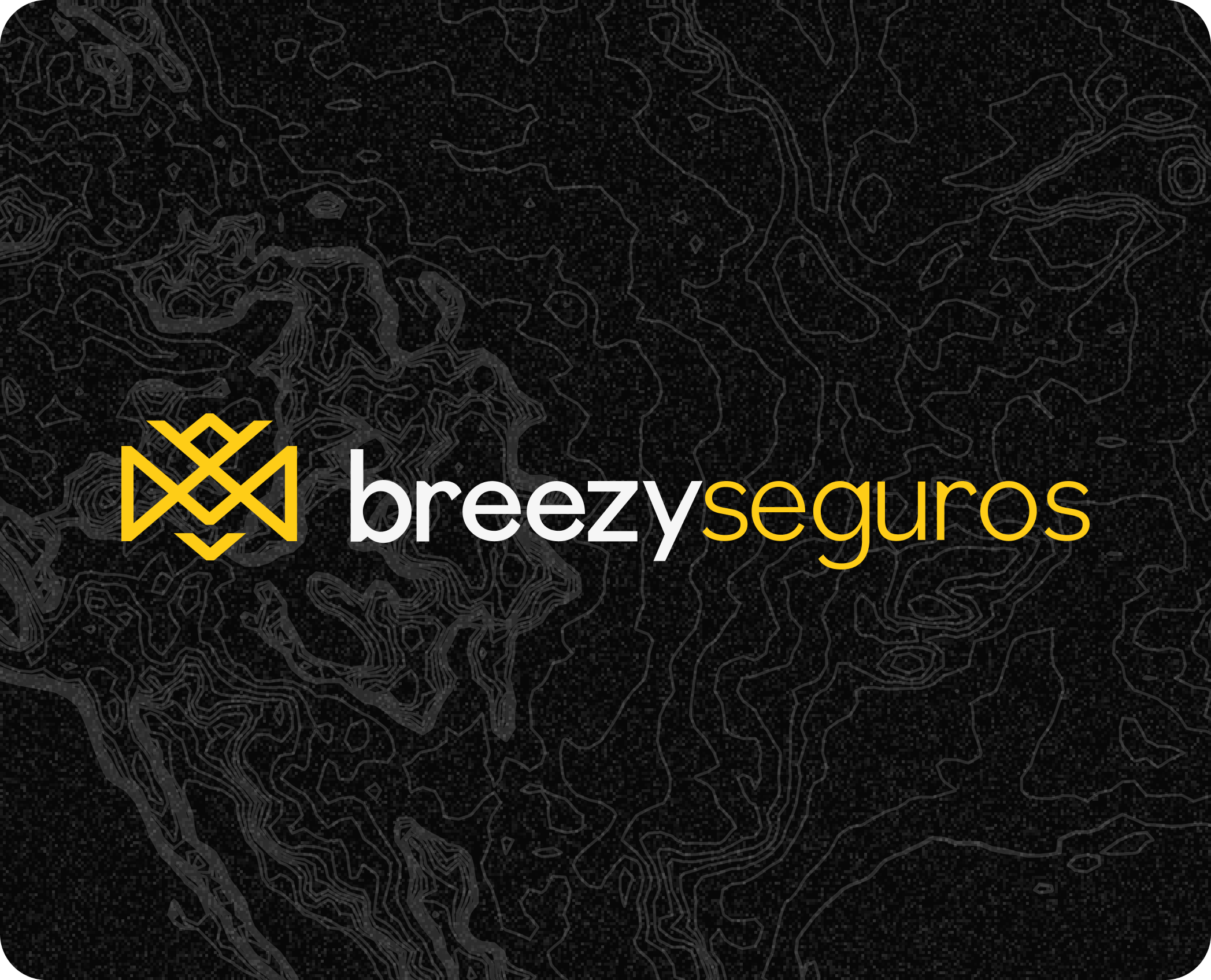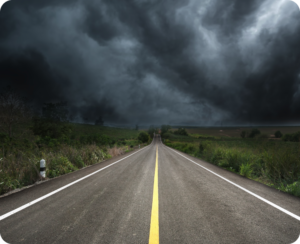How well do you know your Homeowners Insurance policy? Do you know which coverages are the most suitable for you and your home? Do you understand exactly how home insurance protects your home and belongings?
We understand that you may not have the time for a deep dive on all things homeowners insurance, and so we are committed to giving you all of the information you need to make an informed decision about which type of coverage is most suitable for you. By the end of reading this, we promise you will be well-prepared to take out a new policy or to review what you already have in place, equipped with the information you need in order to choose the best coverage.
Homeowner Policies
Home insurance divides coverage into five categories:
- Dwelling
- Other Structures
- Personal Property
- Loss of Use
- Personal Liability
1. Dwelling
Dwelling coverage covers the house itself and adjoining structures on the same land, whether they are connected to the house or not. It also covers materials for repairing and rebuilding these structures.
If you are an apartment owner and have an HO-6 policy, you will not need coverage for the entire building, but you can use dwelling coverage to protect interior walls and floors and the entire fixed structure of the property.
2. Other Structures
Other structures cover structures on the premises of the residence that are separate from your dwelling, such as a fence or shed.
If used for commercial purposes or rented to non-tenants, the structures will be excluded from the policy. The exception to this is renting garage space to a non-tenant.
3. Personal Property
Personal Property policies financially protect your belongings inside your home and even better– outside too. If you choose, it may also apply to property belonging to third parties, such as guests or employees who live in your residence.
Off-premises property shown on the returns is covered for up to 10% of the coverage limit or $1,000, whichever is greater. The restriction does not apply:
- To belongings moved to your new primary residence (full coverage applies for 30 days from start of move)
- When personal belongings are transferred from the home premises because the home is being repaired or is unsuitable to live in (full coverage applies while in temporary residence).
Properties specifically excluded from coverage:
- Animals, birds or fish
- Motor vehicles or aircraft, including equipment and accessories (motor vehicles for the disabled and vehicles used to maintain the site, such as lawn mowers, are covered).
- Property rented to third parties outside the premises of the residence
- Property belonging to tenants
- Credit cards
4. Loss of use
Loss of use offers three types of coverage:
- Additional living expenses: If your place becomes uninhabitable due to one of the dangers defined in your policy, you will have your additional expenses covered, such as hotel bills or extra fuel expenses, to keep your life as normal as possible.
- Fair rental value: If you rent your property out and it becomes uninhabitable for one of the covered perils, you will be reimbursed for loss of rent earnings.
- Government intervention: If, for any reason, a civil authority says that you cannot live in your home due to dangers affecting houses or buildings near you, such as with the wildfires in California, you will be covered by loss of use or loss insurance, as well as extra housing costs.
5. Personal Liability
Personal liability coverage protects you in case your actions cause bodily harm or property damage to other people (and your things), in your home and elsewhere.
Therefore, it protects you if you are legally responsible for paying for something that happened to someone else. Some situations where you might be held responsible:
- Someone was injured on your property, and it’s your fault. Example: Someone slipped on the ice you forgot to remove from your ladder and got injured.
- You accidentally damage someone else’s property or belongings.
- Someone (or a pet) listed on your policy causes harm to another person. Example: bites, someone fell during a chase, or even scratches on the body of a car in your garage.
In these cases, with liability coverage you guarantee payment for attorney costs, in case you need to go to court. Your insurer will pay the damages for which you are held liable. With this coverage, the medical costs of the injured person will also be covered.
Exclusions
It’s always important to know the breadth of your coverage, but even the broadest homeowners policy doesn’t cover everything that can go wrong with your home. A good example is that no insurance company will reward you if you intentionally damage your home, or if the damage is a result of lack of maintenance. Homeowners policies also usually exclude damage from other causes, such as:
- Floods, including sewage backflow.
- Earthquakes, landslides and sinkholes.
- Infestations by birds, worms, fungi or mold.
- Wear or neglect.
- Nuclear danger.
- Government action, including war.
- Energy failure.
However, there are coverages for almost all of the examples listed above. Flood and earthquake insurance is available separately, and in hurricane-prone states, you may also need windstorm insurance.
And if there are still doubts, don’t be shy! Reach out! We are on Twitter, Instagram and Facebook. We can also chat via whatsapp. For those who prefer the good ol’ days, you can call here or stop by to visit and grab a cup of the best coffee around!








